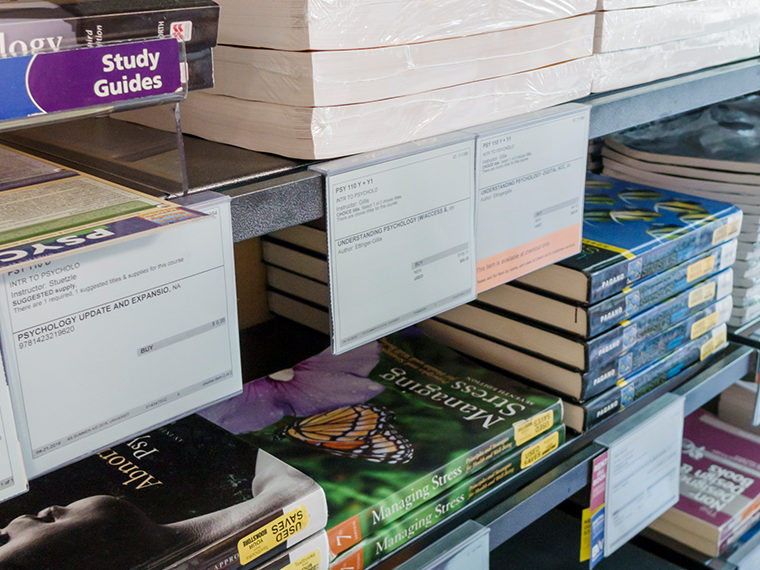Highly technical probabilistic risk assessments at nuclear plants improve safety and pay for themselves many times over
Nuclear power plants are enormously complex systems, in which a failure in a seemingly simple component — a pressure-relief valve or an indicator light — can cascade into catastrophe.
That was the case at Three Mile Island in March 1979, when a pressure-release valve stuck open, allowing coolant around the core to escape. Because instruments in the control room wrongly indicated that the valve was closed, operators took a series of misinformed actions that caused the core to overheat and partially melt down.
Risk assessments are designed to identify potential hazards like a stuck relief valve and calculate the possible effects should they occur. The goal is to use the information to take steps to reduce or eliminate the danger.
Opt In to the Review Monthly Email Update.
For managers, though, it’s hard to know exactly how effective these risk assessments are, especially for the kind of low-probability, high-impact events that cause disastrous failure in complex systems like nuclear reactors, jetliners or spacecraft. Might the problem have been fixed without the time and expense of an assessment? How do you even measure whether it’s successful?
In a paper published in Risk Analysis, Ohio State’s Christian C. Blanco and UCLA Anderson’s Felipe Caro and Charles J. Corbett attempt to quantify the effect of probabilistic risk assessments (PRA) on the safety of U.S. nuclear power plants. Their analysis found that a PRA pays off — in the form of fewer safety-related incidents, reduced downtime and significant cost savings.

Even in the nuclear power industry, which already spends heavily on safety features, risk assessments can be cost effective. The authors estimate that operators using PRA saw a $20.6 million decline (in 2001 dollars) in total production costs. That compares with an estimated cost of between $329,000 and $988,000 (also in 2001 dollars) to perform the assessment. Even at the high end of the cost range, that’s a 20-to-1 return on investment.
“Overall,” the authors write, “the direct and indirect benefits of PRA appear to easily outweigh the cost to implement them.”
Although the study only examined the use of risk assessments by the nuclear sector, the authors suggest that other industries could see equal or greater benefits. “Given the preexisting focus on safety in nuclear power, it is plausible that the effect of conducting PRA in other sectors would be at least as large as what we find in this industry,” the authors write.
Probabilistic risk assessment seeks to put a numerical value to the dangers caused by failure in big, complicated engineering systems. It asks three questions: What can go wrong, how likely is it to happen and what are the consequences if it does?
A few nuclear power plant operators began using PRA as early as 1975, but after the Three Mile Island accident, regulators and the industry sought to improve their approach to risk management. The U.S. Nuclear Regulatory Agency in 1988 began requiring plants to systematically analyze their vulnerability to accidents, and operators adopted PRA as the best way to do that.
For their study, the authors analyzed more than 25,000 records of safety-related incidents at nuclear power plants starting in 1985, when the NRC adopted its first guidelines for using PRA, until 1998, just before a series of market and regulatory changes swept the nuclear power industry.
The reports document events that could affect the safe operations of the plant, such as a reactor “trip,” where automatic safety features shut down the reactor, or the failure of any number of systems or components.
The study found the average number of monthly events dropped 12 percent after plants adopted PRA. The change was even greater — a 27 percent drop — for plants that had begun using PRA before the requirements were imposed. The data don’t explain the reason for that difference, but the authors suggest it may be that the benefits of risk assessment can take several years to show up, or that safety-related changes made by the early adopters had become commonplace in the industry by the time late adopters began applying PRA.
One significant change, the authors found, was a sharp decline in the number of recurring problems, such as repeated failure of the same equipment. Before risk assessments, these breakdowns accounted for 4.5 percent of the total number of monthly events, but then fell to 1.8 percent after assessments were performed. The drop in the number of recurring events accounted for most of the total decline, the authors write.
Featured Faculty
-
Felipe Caro
Professor of Decisions, Operations and Technology Management
-
Charles J. Corbett
Professor of Operations Management and Sustainability; IBM Chair in Management
About the Research
Blanco, C.C., Caro, F., & Corbett, C.J. (2019). Managing safety-related disruptions: Evidence from the U.S. nuclear power industry. Risk Analysis. doi: 10.1111/risa.13307






